Steven Spielberg didn’t prepare a speech for the Academy Museum’s Jaws exhibition preview Wednesday morning, but when he stepped up to the podium and revealed why, hundreds of press and staff seated inside the David Geffen Theater immediately got the joke.
“Because I didn’t come prepared in 1974 to make Jawsor not prepare very well enough, I decided to risk it again and not come prepared with any remarks today to talk to you,” the legendary 78-year-old director admitted. “I’m empty-handed except for the collection of memories stimulated just in the last hour and a half of walking through the exhibition that they have so ingeniously assembled from the archives of collectors all over the world.”
It was quite the collection, too, both Spielberg’s memories and the array of rare objects, photos, memorabilia, set pieces, merchandise and immersive environments presented inside an expansive exhibition space, the largest dedicated to a single film in the Academy Museum’s history. It’s just steps away from “Bruce,” the sole surviving full-scale shark model from Jaws that is often lovingly referred to as the museum’s unofficial mascot.
Also on view in the Marilyn and Jeffrey Katzenberg Gallery: Spielberg’s annotated script, storyboards and original concept illustrations of the shark by production designer Joe Alves, composer John Williams’ sheet music, sketches of a shark rising from the depths by Roger Kastel, the original Jaws clapper board from Spielberg’s collection, the Panavision underwater camera used to shoot key scenes, a shark cage, a costume worn by Roy Scheider, original shark design schematics by design engineer Frank Wurmser, a prop dorsal fin, rare behind-the-scenes images and merchandise, and visual displays. Visitors can test their “dun dun” talents on a miniature keyboard, re-create a dolly zoom with their iPhone or maneuver a mechanical shark.

A view inside Jaws: The Exhibition at the Academy Museum of Motion Pictures in Los Angeles.
Courtesy of Academy Museum

A view inside Jaws: The Exhibition at the The Academy Museum of Motion Pictures in Los Angeles.
Courtesy of Academy Museum
The piece that got the first shout-out from Spielberg on stage was the buoy that floats in the water as Chrissie Watkins is claimed as Jaws’ first victim. “How did anybody know to take the buoy, take it home and sit on it for 50 years and then loan it to the Academy? How did they know? I didn’t know,” Spielberg mused.
Nobody could have predicted what a cultural phenomenon Jaws became, how it would influence moviemaking or how it would endure 50 years after its release. During her comments, Academy Museum director Amy Homma noted how a recent rerelease of the Universal Pictures title finished at No. 2 at the box office. “He has continually toppled his own achievements,” praised Homma, who shared the stage with senior exhibitions curator Jenny He. “That is a complete testament to his work, which stands the test of time. He has explored new themes and ideas, sometimes treating us to dazzling thrill rides, and other times guiding us through introspective journeys into our own histories, our dreams, and the depths of our own souls. American cinema and world cinema would not be the same over the past half century without Steven Spielberg.”
Homma had the honors of also breaking a bit of news at the event when she revealed that the Academy Museum will mount a first-ever Spielberg career retrospective for 2028. No other details were offered. Having him in the building on such an occasion helped create a splash at the unveiling but event organizers made waves by also reeling in the Hollywood Scoring Orchestra under the direction of Richard Kaufman to play selections from Williams’ score as images from the film flashed on the Geffen Theater big-screen. Bonus: The orchestra featured two musicians who played on the original recording session, including Dennis Karmazyn on cello and Kaufman who played violin.

Cast and crew are pictured on set during production.
Courtesy of Universal Studios Licensing LLC.
As for those memories that he shared, Spielberg went back to the beginning and recalled how he “thought my career was over” halfway through production. “Everybody was saying to me, ‘You are never going to get hired again. This film is way over budget, way over schedule and you are a real liability as a director. You are not going to get hired again,’” said Spielberg, who was only 26 at the time of filming. “I really thought that I better give this my all because I’m not working in the industry again after they see the movie. Fortunately, fortune smiled on us.”
But it took a while for that to happen. As has been exhaustively reported, the production faced one debacle after another. “I just really was not ready to endure the amount of obstacles that were thrown in our path,” Spielberg said Wednesday. “Starting with Mother Nature, my hubris was that I thought we could take a Hollywood crew, go out 12 miles into the Atlantic Ocean and shoot an entire movie with a mechanical shark. I thought that was going to go swimmingly.”
Spoiler alert: It didn’t go swimmingly.
“I was offered, actually, several times a chance to gracefully bow out of the film, not to be replaced by another director, but for the film to be shut down,” Spielberg continued, adding that the entire production went about 100 days over schedule. “We shot 158 days, but nobody wanted to quit. Nobody wanted to stop. Every week, I’d have five or six people come over to me to say, ‘I have children. I have dependents. I haven’t seen them. I haven’t seen my family. I’ve been here for five months. Give me an incentive to keep working on your movie. Give me a date or a guarantee of when you’re going to wrap.’ I didn’t know when we were going to wrap until two weeks before we wrapped on Martha’s Vineyard. That’s how little control we had over the shark, the weather, the currents, the regattas.”
Spielberg credited “the company of each other” for getting them through the troubled production. “The camaraderie that happens when you’re just trying to survive something, it brought all of us closer together. I’ve never been closer to a crew or a cast until many years later. But this was the ultimate example that when you work as a team, you can actually get the ball across the finish line. And we did, and I’m very proud of the movie. The film certainly cost me a pound of flesh, but gave me a ton of career. And the success of the movie gave me a chance to make any movie I wanted to make after that.”
And the rest, as they say, is history.

A view inside Jaws: The Exhibition at The Academy Museum of Motion Pictures in Los Angeles.
Courtesy of Academy Museum

A concept illustration by production designer Joe Alves.
Courtesy of Universal Studios Licensing LLC.

A production clapperboard.
Courtesy of the Amblin Hearth Archive

Spielberg speaks during the press preview.
(Photo by Monica Schipper/Getty Images)




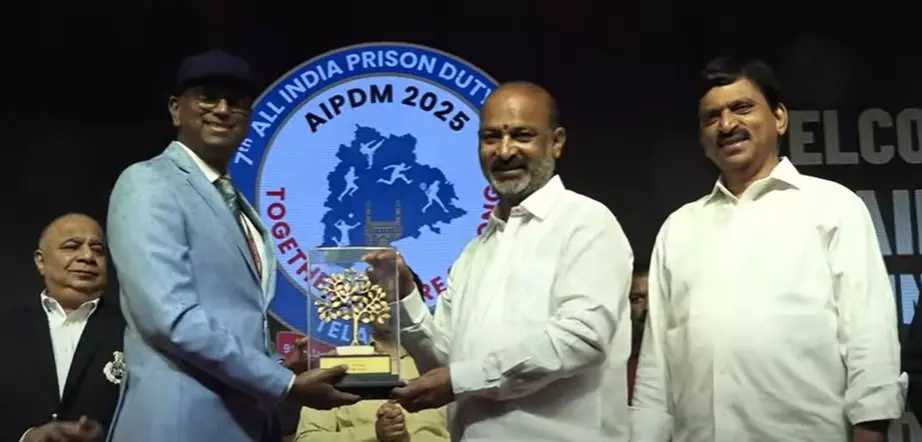
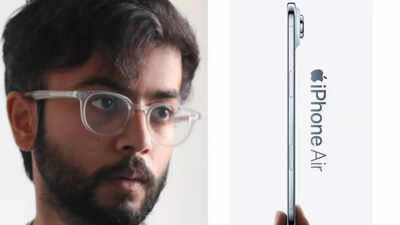








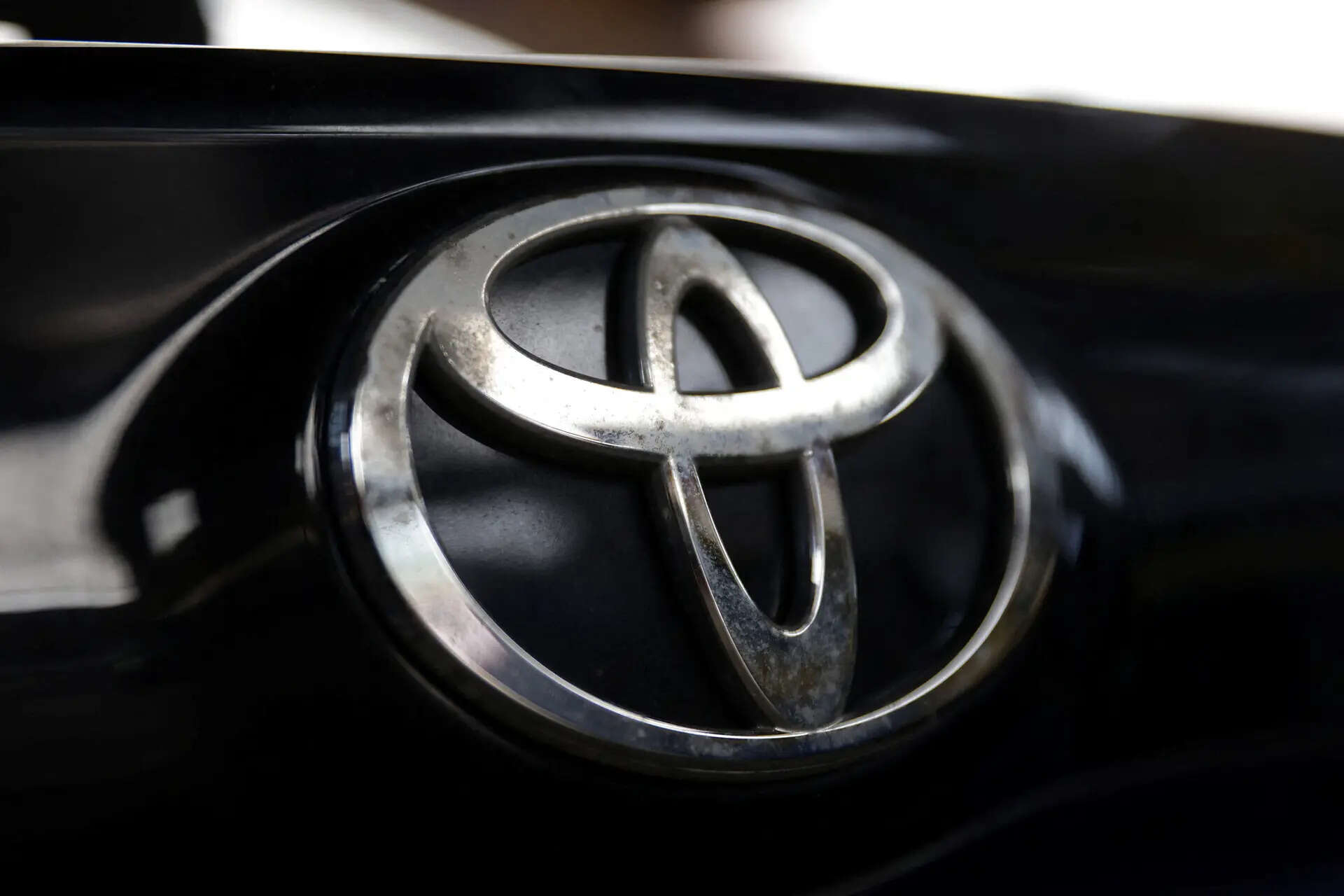


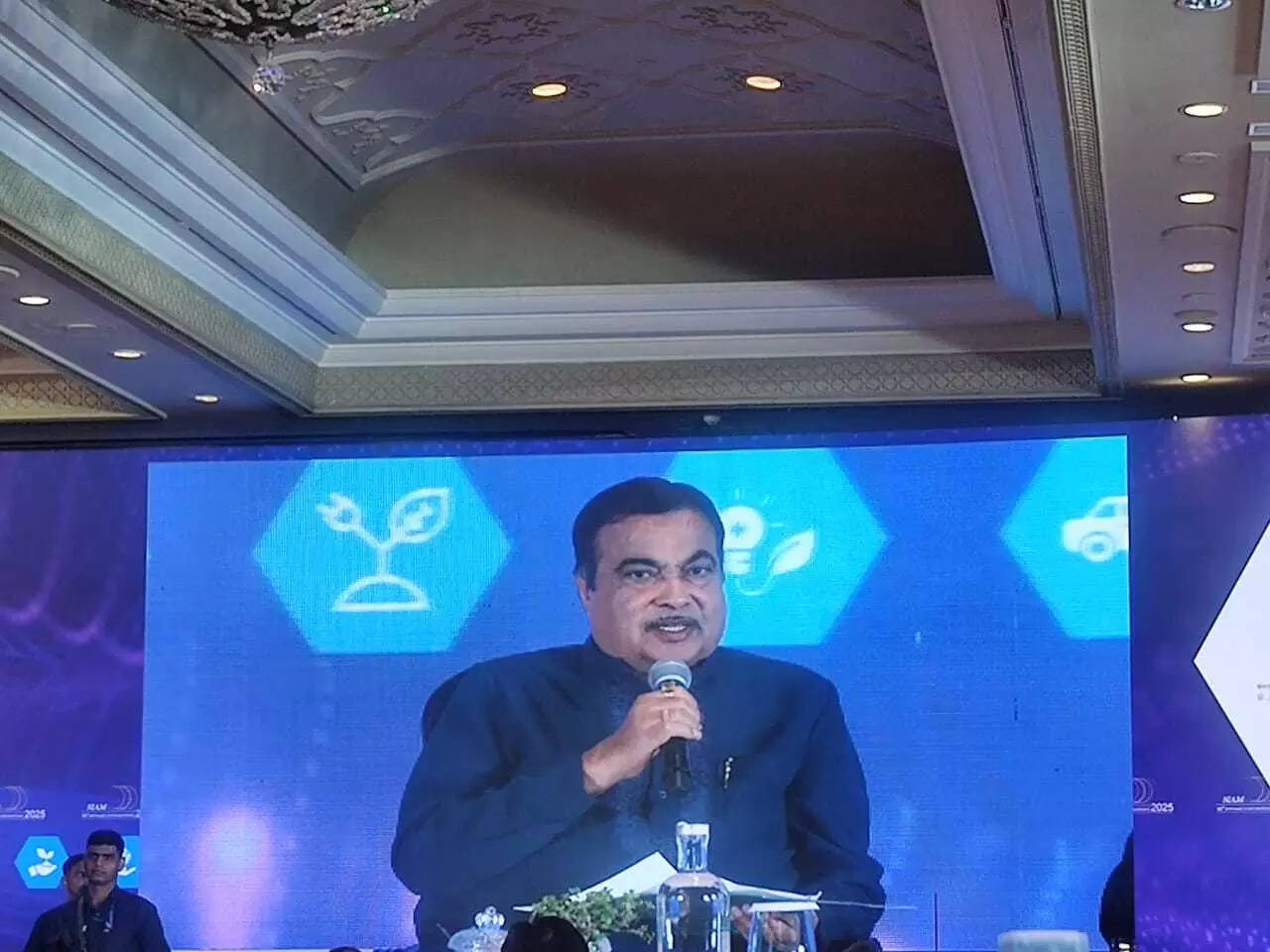













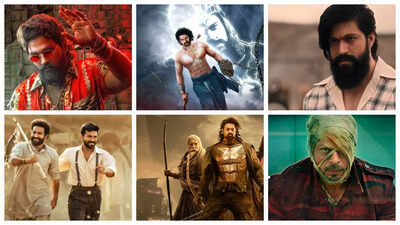
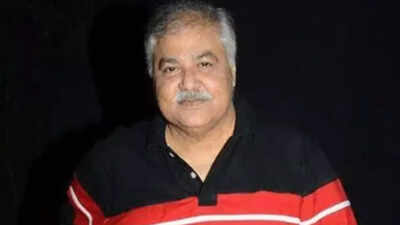
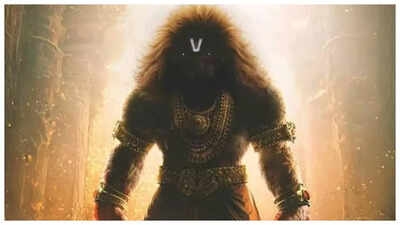

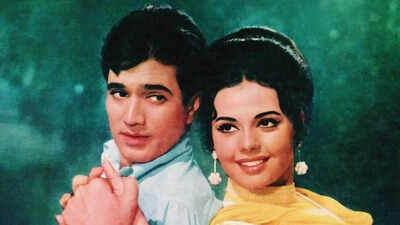












![[HINDI] 2025 OnePlus Android BGMS Season 4 | Semi Finals – Day 2 [HINDI] 2025 OnePlus Android BGMS Season 4 | Semi Finals – Day 2](https://i.ytimg.com/vi/ebVtHUWU1iY/maxresdefault.jpg)